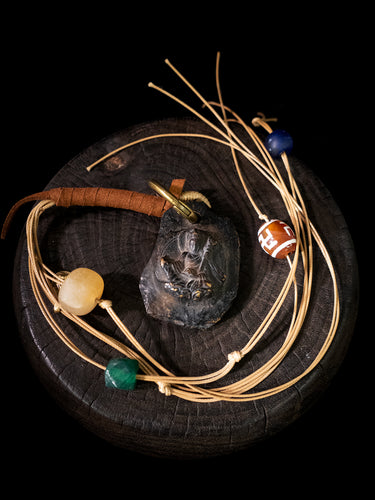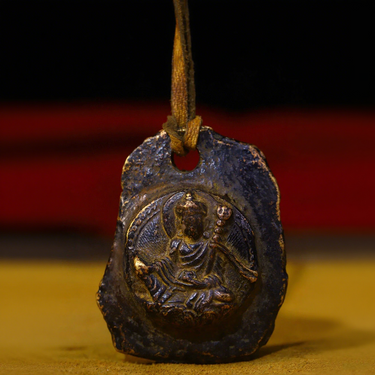Tibet is known for its dense concentration of monasteries. With a population of approximately 2.8 million people, Tibet is home to over 1,800 monasteries, meaning there is nearly one monastery for every 2,000 people. However, if we count the "miniature temples" worn by individuals, the number becomes countless.

This miniature temple is known as the Gawu.
The term "Gawu" literally translates to "box," but its significance goes far beyond that. The unique thing about the Gawu Box is that it serves the same sacred function as a monastery but can be carried everywhere. The Gawu Box originated with the intention of allowing people to carry a representation of a Bodhisattva or Buddha close to them. From the earliest clay Buddha statues placed in simple boxes, to the modern, elaborately designed Gawu Boxes of today—whether adorned with jewels, containing a Buddha statue, or left simple—each Gawu Box fulfills its sacred purpose for its wearer, perfectly suited to their faith.
While the Gawu Box itself is simply a vessel, it is the contents and blessings within that bestow it with its sanctity. Tibetan Buddhism has a long tradition of filling the Gawu Box with precious items. These could range from colorful gemstones, sacred scrolls, or even rare objects from distant places such as soil from the Buddha's homeland. Inside a Gawu Box, one may find items like Amrita pills, rare plants, and other spiritual treasures. Each object placed inside represents something sacred and extraordinary, reflecting the deep devotion and spirituality of its owner.































